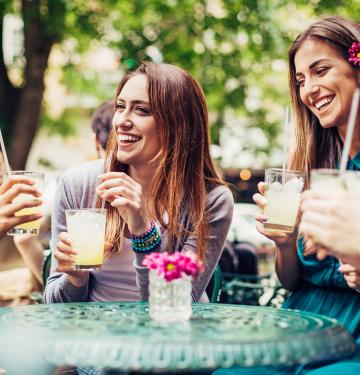Homepage Content
New & Popular Topics
Top Reads

10 Tips to Live With Uncertainty Without Losing Your Mind
Lifestyle

Low-Effort Canned Soup Hacks That Are Instant Upgrades
Meal Ideas

Our Best Tips for a Zero-Waste Beauty Routine
Style

7 Ways I Joyfully Embarrass & Repulse My Kids
Parenthood

Liminal Spaces: 10 Tips for Making the Most of the In-Between
Lifestyle

9 April Nail Designs to Celebrate Spring
Style

11 Baby Name Trends That Can't Go Away Soon Enough
/
Baby

Encourage Kids' Brains to Blossom With These Spring Facts
/
Kids

Get Stunning Spring Family Photos With These 12 Tips
/
Parenthood

Mom Burnout? Here's How to Get Your Groove Back
/
Adulting

21 Ideas for a Non-Traditional Wedding That's Totally You
/
Weddings

Spring Theme Party Ideas to Encourage the Fun to Blossom
/
Parties

How to Calculate Food for a Party So Guests Don't Go Hungry
/
Parties

Spring Baby Shower Themes That Aren't Your Garden Variety
/
Parties




















